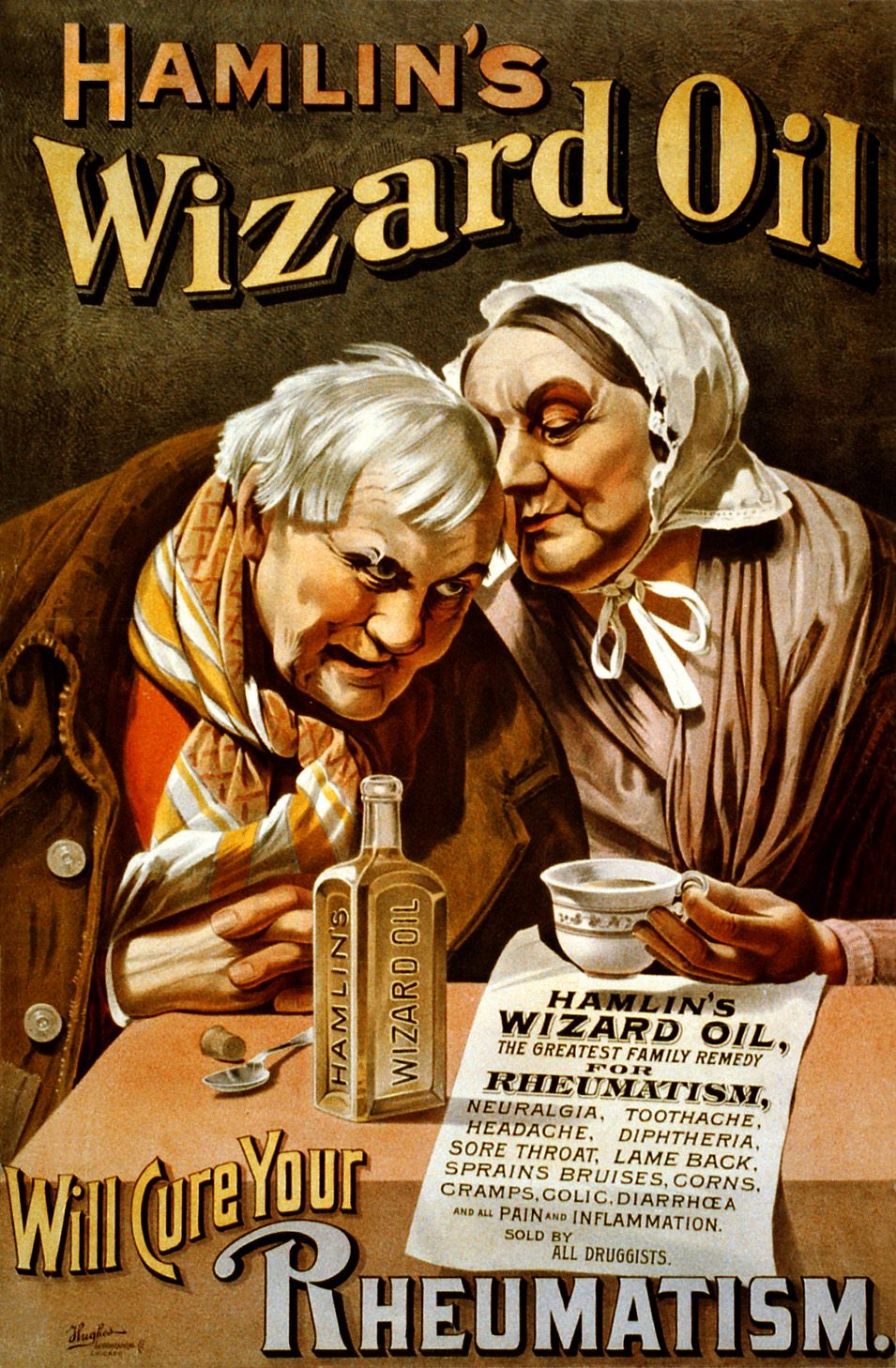The Long, Strange History of Medicinal Turpentine
Drinking it was thought to cure nearly everything. (But you shouldn’t try it.)

Turpentine is a common sight in hardware stores and art cabinets. Made from pine resin distilled until clear, the oily liquid been used for hundreds of years as a water repellant, paint thinner, solvent, and lamp oil. (It is very flammable.) But for thousands of years, it’s also been used as a medicine, even though most modern doctors would strongly advise against ingesting it at all.
Turpentine has deep roots in medical history. In Looking for Longleaf: The Fall and Rise of an American Forest, author Lawrence S. Earley explains that the Romans used it to treat depression, naval surgeons during the Age of Sail injected it (hot) into wounds, and medics used it to try and stop heavy bleeding. Doctors found it appealing, even though they knew about its less-desirable effects.
“The rectified oil of Turpentine is a medicine much less used than it deserves to be. The reason probably is, the fear of its producing violent effects on the alimentary canal and urinary organs,” one doctor wrote in 1821. He also wrote that turpentine could greatly be put to use killing internal worms, since insects instantly died if exposed to the liquid. He ordered one patient afflicted with tapeworms to drink turpentine every few hours. During the Civil War, doctors administered turpentine internally and externally to halt infection, often with dubious results.
But the problem with turpentine oil was not simply some harsh side effects. Ingestion is often toxic, causing kidney damage and bleeding in the lungs. So why was it used?

Viewed in context, it’s easier to understand why doctors once used it as medicine. Pine tar, another related product, is still a useful medicine ingredient for rashes and skin problems, while turpentine oil, which was also considered good for lung health, is still an ingredient in Vick’s Vapor-Rub. (Although it’s listed as an inactive ingredient.) Turpentine is antiseptic, too, and the terrible taste and harsh effects could have been interpreted as signs that it was working. “King of the [medicines] was turpentine, a product of the tidewater pine forests,” Kentucky historian Thomas D. Clark wrote. “Turpentine had three important medical requisites: It smelled loud, tasted bad, and burned like the woods on fire.” It also had the strange side effect of making urine smell like violets.
Clark would know. Turpentine was widely used in the American South. When sailing meant wooden ships, pine products were in high demand for sealing leaks and preserving wood. The British especially valued pine forests, and almost immediately on reaching the Americas, they went in search of enough pines to produce the favored products. A “turpentine belt” developed in the South, and whole forests were tapped for resin. For many years, slaves were forced to do the difficult, painstaking work of making turpentine by “boxing” pine trees. Unfortunately, they were also compelled to take it as medicine, along with castor oil, for any number of illnesses. Today, some Americans still consider turpentine, often mixed with sugar, to be a folk remedy.
In the golden era of fantastical patent medicine, turpentine was an addition to a number of snake oils, such as Hamlen’s Wizard Oil. During Prohibition, piney-flavored turpentine oil was often used to make fake gin. But most people eventually stopped taking turpentine. Though it does have strong purgative qualities, its toxicity far outweighs any potential tapeworm-killing benefit.
Gastro Obscura covers the world’s most wondrous food and drink.
Sign up for our regular newsletter.




































Follow us on Twitter to get the latest on the world's hidden wonders.
Like us on Facebook to get the latest on the world's hidden wonders.
Follow us on Twitter Like us on Facebook